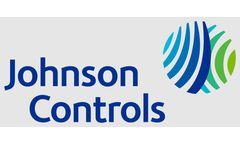Antigen Stimulation Articles & Analysis
7 articles found
This host cell, often a yeast or bacteria, then produces antigens that mimic the pathogen’s characteristics. When administered, these antigens stimulate the immune system to recognize and combat the actual pathogen without causing disease. One notable example is the use of the hepatitis B virus surface antigen. By inserting ...
Adjuvants are substances that are added to vaccines to enhance the body's immune response to the antigen (the protein that triggers an immune response). Adjuvants work by stimulating the innate immune system, which can lead to a stronger and longer-lasting immune response. ...
CpG is a type of oligodeoxynucleotide that can be used as an immune adjuvant to stimulate the maturation and development of antigen-presenting cells. CpG can be encapsulated with PLGA using the emulsion evaporation method. The tumor cell membrane expresses a large number of tumor-related antigens, so the cell membrane can be used as an ...
However, the success of vaccines relies not only on the antigens they carry but also on additional components known as vaccine excipients. ...
IL-2 regulates innate immune cells In humans, monocytes express IL-2R under the stimulation of IFN-γ, but only activated monocytes can bind with IL-2. ...
Simply put, CAR-T is to transform the patient's immune T cells in vitro by biotechnology, so that they recognize antigens on the surface of tumor cells, and then inject these cells back into the patient to achieve the therapeutic effect of recognizing and killing cancer cells. ...
CD3–CD56dimCD57+NKG2C+ NK cells are similar to CD8+ memory T cells with rapid and robust effector function upon restimulation, persistence, and epigenetic remodeling of the IFNG locus. Chronic antigen stimulation drives CD8+ memory T cell proliferation, while also inducing genome-wide epigenetic reprograming and dysfunction. We hypothesized that chronic ...







